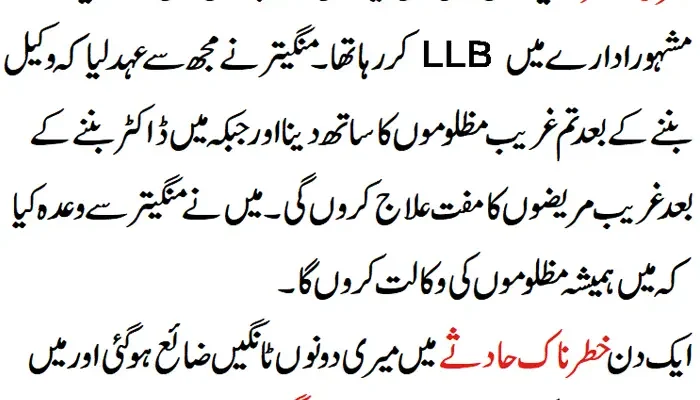Osteoporosis, much of the time called the “tranquil sickness,” is a condition where bones become feeble and delicate, extending the bet of breaks. It disproportionately impacts women, particularly postmenopausal women, due to the quick lack of bone thickness related with hormonal changes. Despite its ordinariness, osteoporosis often goes undetected until a serious break occurs, making countering and early intervention fundamental to reducing its impact.
The secret justification behind osteoporosis lies in the disparity between bone turn of events and bone resorption, processes that ordinarily occur throughout the span of life. After menopause, the diminishing in estrogen — a synthetic critical for bone prosperity — speeds up bone hardship. Other bet factors integrate inherited characteristics, age, lacking calcium and vitamin D affirmation, fixed lifestyles, and smoking. Women with additional unobtrusive, more slim housings are in like manner at higher bet, as they ordinarily have less bone mass notwithstanding.
Preventing osteoporosis starts with solid areas for working during youth and early adulthood. Adequate calcium and vitamin D usage, close by standard weight-bearing action, are essential in staying aware of bone thickness. For adults, combining strength getting ready and activities that further foster equilibrium, like yoga or judo, can help with restricting the bet of falls and breaks. Upgrades may similarly be crucial for individuals who can’t meet their invigorating necessities through diet alone.
Assurance of osteoporosis is a large part of the time done through a bone thickness channel, known as a DEXA check, which evaluations bone mineral thickness. Early screening is particularly huge for women more than 65 or those with risk factors, as it can recognize osteoporosis or its precursor, osteopenia. Once investigated, treatment decisions consolidate remedies that languid bone mishap or advance bone turn of events, as well as lifestyle changes to build up existing bone.
Living with osteoporosis can challenge, as it much of the time requires basic lifestyle acclimations to prevent wounds. Clear changes, like fall-fixing the home and wearing consistent footwear, can make a significant difference. For individuals who have experienced breaks, non-nosy treatment and rebuilding are fundamental for recovery and staying aware of flexibility. Mental assistance is correspondingly critical, as the dread about falling or breaking a bone can provoke diminished development and isolation.
Care campaigns are essential to show women osteoporosis and the means they can take to defend their bone prosperity. These drives should pressure the meaning of early screening, suitable food, and dynamic living, while moreover keeping an eye on limits like the cost of results and medications. By zeroing in on bone prosperity at each period of life, women can reduce their bet of osteoporosis and participate in a more superb of life in their later years.



